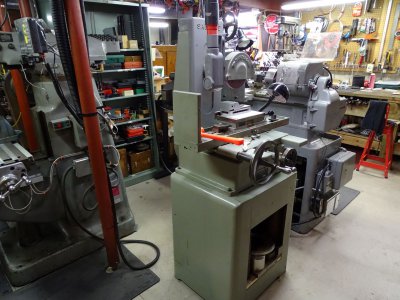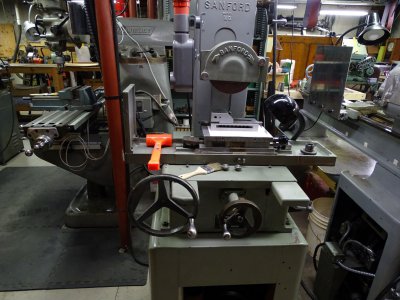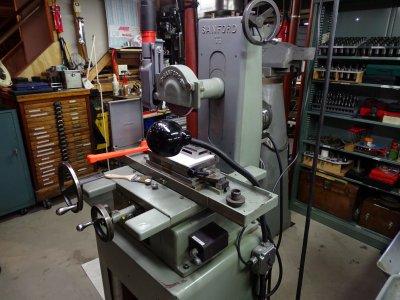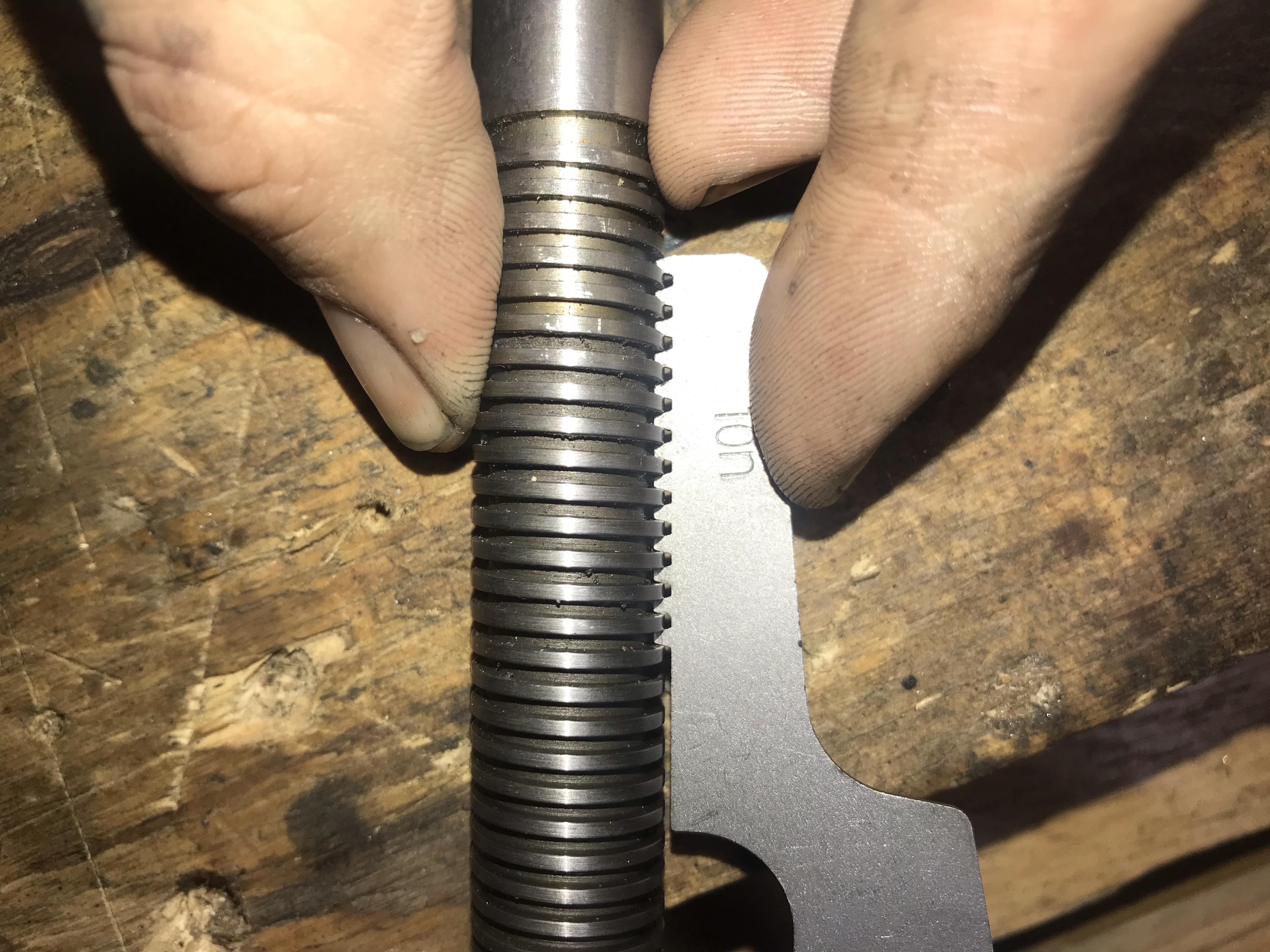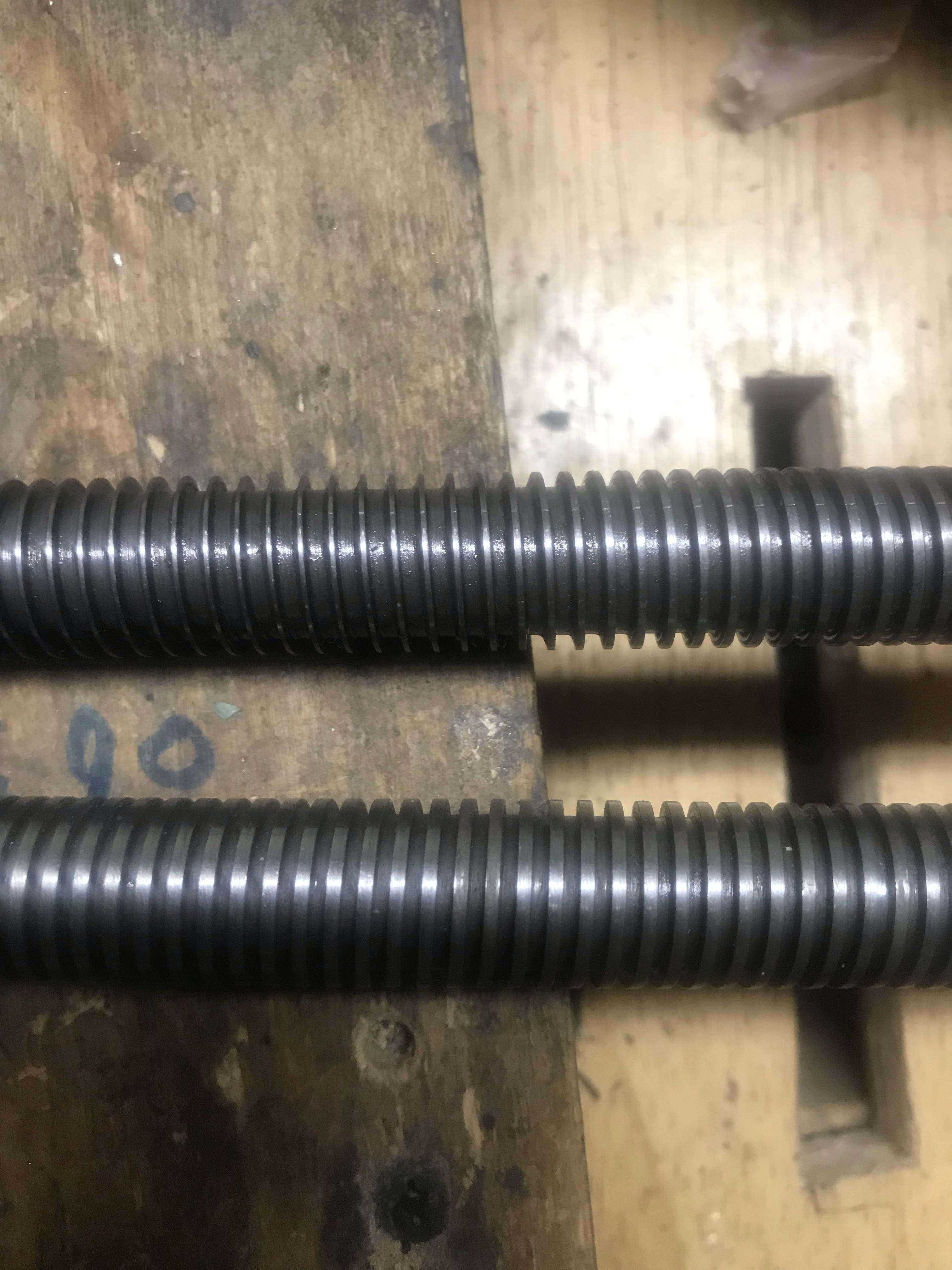- Joined
- Sep 26, 2020
- Messages
- 81
I am in the process of tearing down this machine, and I would like to make a public service announcement. THERE IS A SPECIAL PLACE IN HELL FOR PEOPLE WHO PAINT OVER HARDWARE! All jokes aside I am having some buyers' remorse, this machine is not in the best of shape. Some of the ways have ridges and the slope in the handwheels is bad. I really should have not bought it since the price wouldnt go down. But you live and learn I guess. I am going to do a full rebuild and replace everything that needs it, what is the point of having a machine shop if not to make parts you cant buy. I found this schematic for rewiring and will order all the parts. The grinder seems way to small for the things I want to do so I may try to rebuild and sell, we will see.


